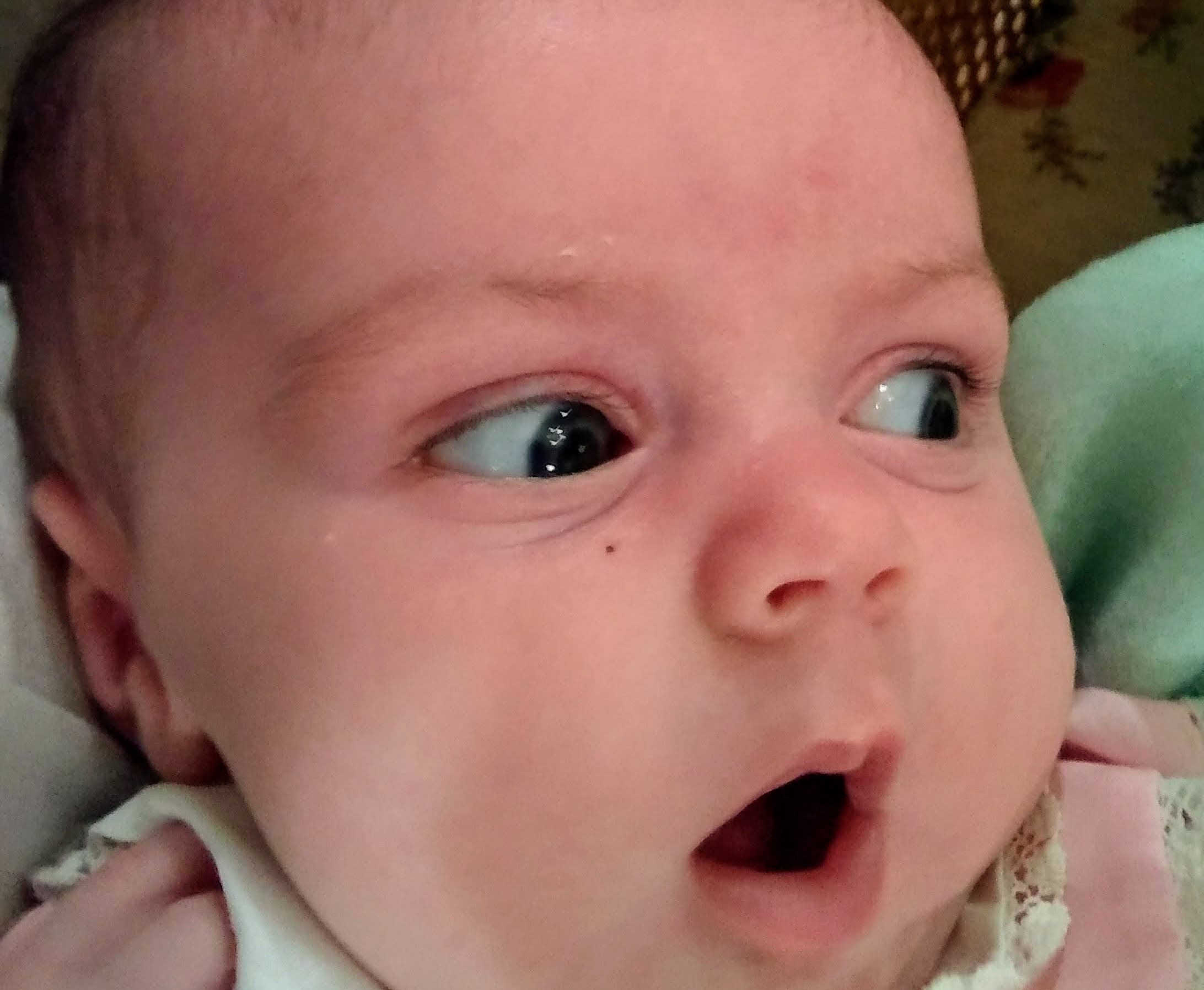
Yep. I’m into body parts. I’ve blogged about feet, hands, handedness, hair, etc. Today, it’s eyes. Eyes stare, wink, and roll, among other things. For many people, eyes are the first thing they notice. They communicate all the time. But what are they saying? I’m talking about the U.S. But be aware that the meaning of eye contact varies between societies, with religious and social differences.

Those Lying Eyes
It’s a truism that a liar can’t look you in the eye, that people look away when lying or trying to deceive. What does the research say?

- Introverts struggle to maintain eye contact when lying
- Extrovert liars tend to engage in more eye contact as a way of asserting innocence
- In many cultures, eye aversion is a sign of respect for the speaker
- We look away when we are comfortable
- We look away when we retrieve facts from our memory
- We look away when we contemplate the future
- We look down, move our eyes side to side, hold still, or even close our eyes as we process information
- People with autistic disorders or social anxieties find eye contact particularly unsettling

Those Truthful Eyes
- Squinting or narrowing the eyes indicates discomfort, stress, or anger, i.e., nothing good
- When nervous or troubled, blink rate increases five times or more over the base rate
- People make more eye contact with people or things they like, indicating attraction, attentiveness, interest
- People look away from things/people found distasteful
- Eyes can convey six basic emotions: sadness, disgust, anger, joy, fear, and surprise
- Direction of gaze indicates where one’s attention lies
- Eye contact is an important element of flirting
- In many crowded cities (New York, London), strangers in close proximity avoid eye contact to help maintain privacy

Consider Problem Eyes
- Although looking at a speaker indicates respect and/or shows you are listening, too much of a good thing might signal an effort to assert dominance.
- A condition like chronic dry eye, which is accompanied by redness, watering eyes, rubbing itchy or burning eyes send negative messages, such as lack of interest, fatigue, disagreement, or disbelief.

FYI: Studies suggest that eye contact has a positive impact on the retention and recall of information—i.e., it facilitates learning.

Colorful Considerations

There is some evidence that the color of a person’s irises has some effect on personality or physical health. Though the science on that is still a bit nebulous, multiple studies have shown that eye color affects the way a person is perceived. Of course, every person is different and perceptions vary among cultures, there are some stereotypes that are more common than others.
- Brown eyes
- Compassionate
- Humble
- Warm and friendly
- Outgoing, vivacious, extroverted
- Fabulous kissers, fabulous lovers
- Energetic
- Willing to take risks

- Blue eyes
- Insincere, untrustworthy
- Self-absorbed
- Intelligent
- Excelling at strategy, academic sciences (left-brained!)
- Studies have shown that men with blue eyes are more likely to choose romantic partners who also have blue eyes. Men with other eye colors did not demonstrate any consistent preference.
- Babies are born with blue eyes, which usually darken to other colors as melanin in the iris increases.

- Hazel eyes
- Determined, strong in the face of adversity
- Imaginative and creative
- Fall in love quickly and intensely
- Self-centered

- Green eyes
- Self-sufficient
- Confident
- Emotionally restrained
- Love fun and laughing
- Initially reserved but ultimately quite talkative

- Grey eyes
- Conformist
- Quiet
- Sensitive, empathic
- Mystical and wise
- Deceptive

Bottom line for writers: Eyes are a powerful tool, but to be clear, eyes have to be interpreted in context.


